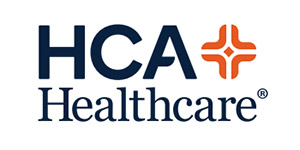 Insights
InsightsPace’s experts are interesting and insightful. Read their perspectives along with helpful insights and advice on trends within the following articles.
Pace’s experts are interesting and insightful. Read their perspectives along with helpful insights and advice on trends within the following articles.


![]()